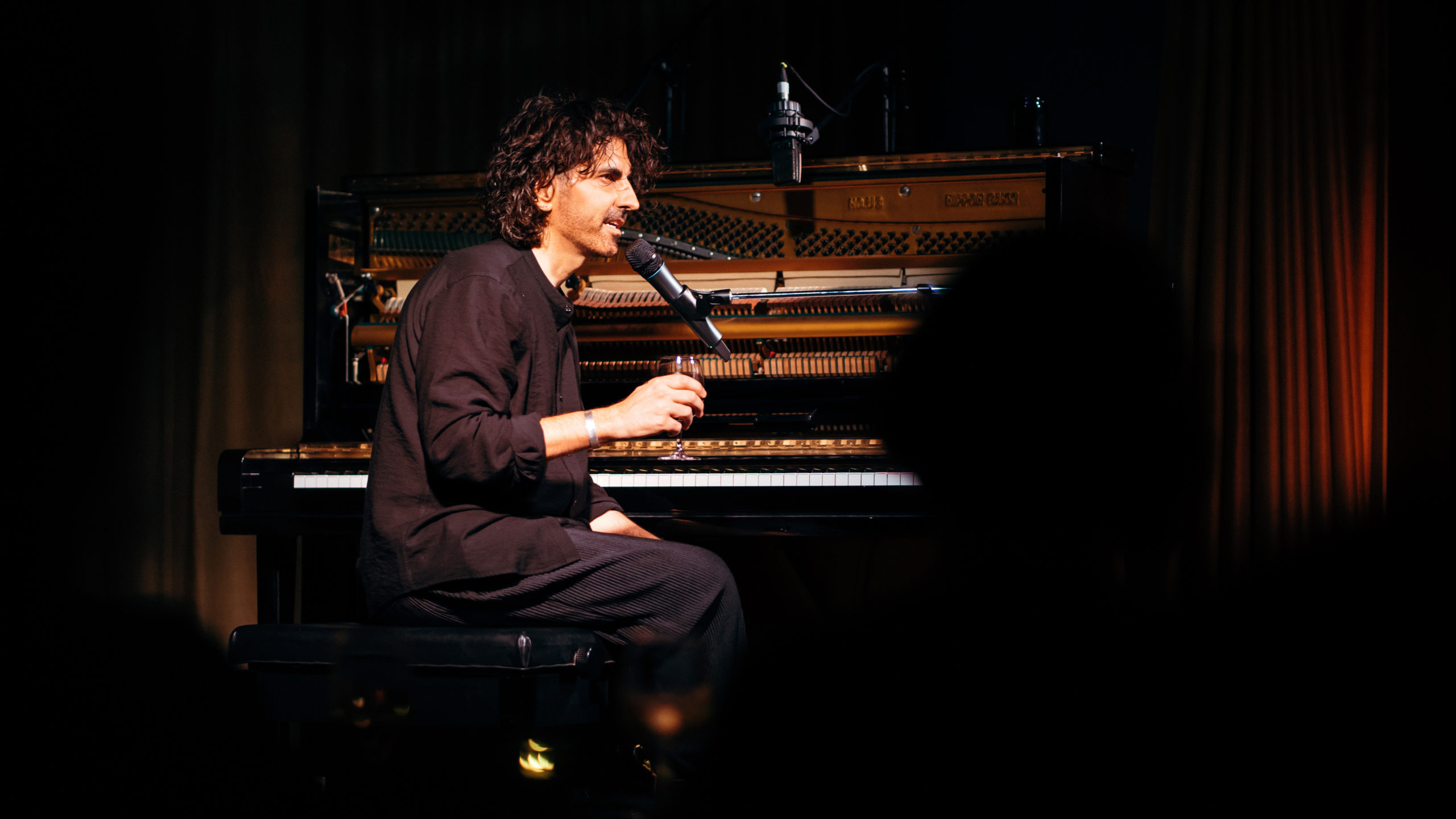The piano’s insides were on display, just like the composer’s.
The casing on the back of the upright had been removed so that the hammers were clearly visible. It gave the impression of work in progress; that we had stumbled into a maker’s workshop in the midst of a restoration project. In fact, contrary to appearances, the instrument was exactly how pianist-composer Stephan Moccio wanted it. The felt wedged deep into the piano’s interior muffled the sound, making the usually resonant middle register distant and vague.
The piano’s full name – pianoforte – translates from Italian as ‘soft-loud’ and alludes to the impressive new qualities of Cristofori’s 18th-century invention, which took over from the less technically powerful fortepiano. Moccio’s music emphasises the ‘piano’ in pianoforte – with a focus on beautiful, heartfelt melodies, often still and peaceful.
The LA-based pianist-composer has been waiting several years to play his recent London showcase. His latest albums have existed primarily in the digital world, where they have been repeatedly played (his solo music has been streamed over 500 million times).
When I spoke to Moccio over Zoom before his UK visit, he explained that he had spent many months holed up in his studio with his beloved Yamaha, which has been adapted to create that softer tone. It suits the gentle tunes heard in Tales of Solace and Lionheart, revealing collections inspired by the sadness felt by the breakdown of Moccio’s 31-year marriage and subsequent personal development.
Moccio is not the first pianist to ‘prepare’ the piano in this way – composers have been tinkering under the bonnet of their instruments for decades. John Cage notably experimented with timbre in the avant garde music of the 1950s, and more recently Nils Frahm explored this sound world in Felt (2011).









